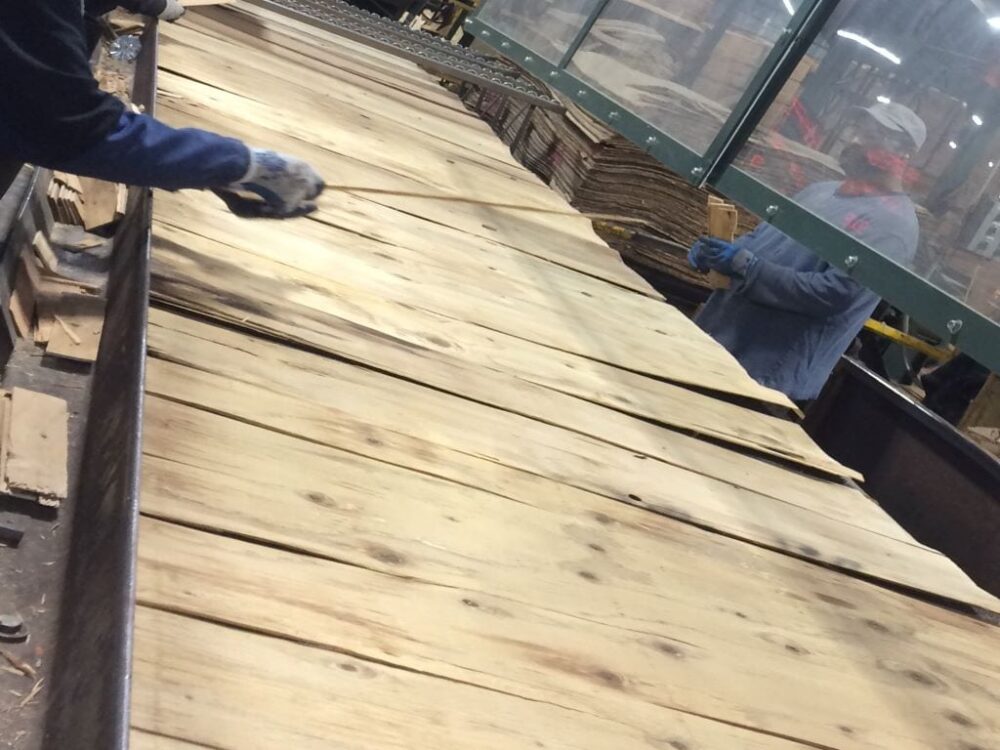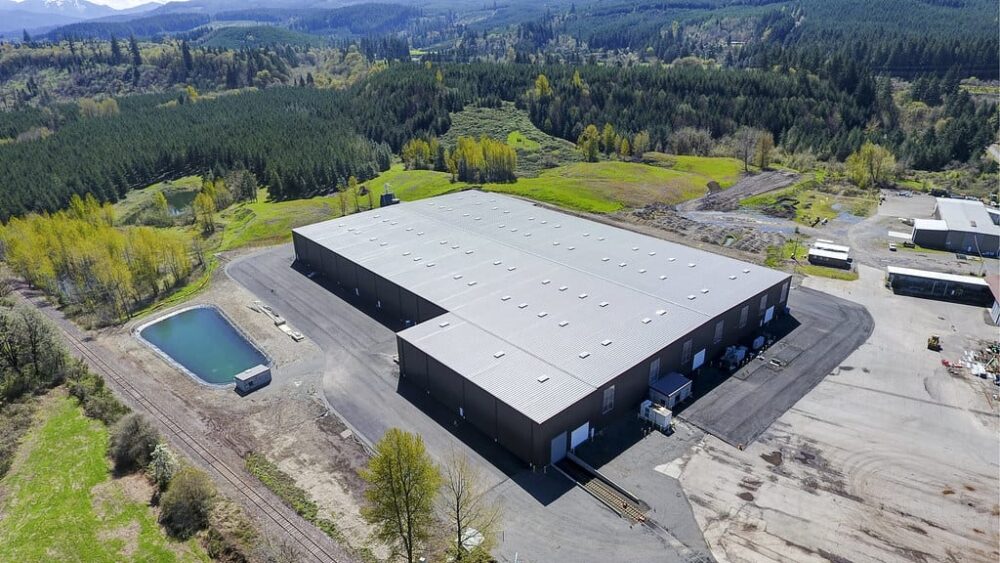How do we see lower wood product prices?
How do we see lower wood product prices? One year ago this month, we were experiencing the onset of COVID and the subsequent dramatic government mandated shutdowns that followed. We made plywood for inventory through April 2020 amidst widespread reports of wood product manufacturers shutdowns and a market projected to operate at 20-30% of normal capacity. We shutdown for one week at the beginning of May. In retrospect, we were lucky as construction and wood products were considered “essential industries.” You might remember toilet paper shortages. Our markets experienced an unanticipated uptick in May as the “over-the-shoulder” trade sustained our industry.

This year has been just as unpredictable, but in a very different way. Housing starts have hit a 14-year high, cresting above 1.6 million starts as people rediscover the benefits of homeownership. Housing inventories are at an all-time low leading to price escalation for homes available for sale. Random Lengths wholesale print prices reached $1,350/ msft for ½” 4-ply CDX this week, which is $43.20 per panel, an all-time record high in the wood products industry
It is important to note that this is not local pricing pressure, but rather, nation-wide. It is also a world-wide phenomenon in many developed economies. Price increases are not the result of West Coast wildfires; rather, the fires occurred at an unfortunate time when the government introduced extraordinary liquidity into the economy during an ongoing shortage in housing.
 Evening out the prices in wood products will not come as a result of angry letters from trade associations to the White House. Prices will moderate when restrictions are relaxed and producers are able to return to full employment. Employment needs to be encouraged and unemployment discouraged. In Oregon, the legislature could begin supporting the timber industry. Instead they are undermining it with an endless onslaught of legislation and additional taxes. As we all know, these taxes will eventually be passed onto consumers leading to higher product prices. Oregon-based businesses can look at their receipts for the Corporate Activity Tax, as an example.
Evening out the prices in wood products will not come as a result of angry letters from trade associations to the White House. Prices will moderate when restrictions are relaxed and producers are able to return to full employment. Employment needs to be encouraged and unemployment discouraged. In Oregon, the legislature could begin supporting the timber industry. Instead they are undermining it with an endless onslaught of legislation and additional taxes. As we all know, these taxes will eventually be passed onto consumers leading to higher product prices. Oregon-based businesses can look at their receipts for the Corporate Activity Tax, as an example.
To lower wood products prices, we need to understand some long-term concepts as a society. Wood products prices increase as a result of choices such as setting aside additional wilderness areas, scenic river designations, not salvaging burned timber, and leaving burned acres to neglect because timber supply becomes more limited.
There has not been a new panel production facility constructed in Oregon (without fire insurance dollars to rebuild an existing facility) in decades, until our Mass Ply facility.

Private industrial lands are tapped out on a sustained yield basis and cannot provide additional volume to our industry. The federal government is the single largest landowner in Oregon, with 60% of the forest land base, but provides only 14% of the total harvest volume.
If the public wants to see lower prices for wood products, we need more timber supply. Long-term federal thinning contracts will not only allow wood products manufacturers supply stability, but will also allow us to invest in equipment to thin over-stocked forests, reduce future fire potential, and provide much needed revenue to our rural communities. I should note that a further environmental benefit of our wood products is that they sequester carbon and responsible forest management ensures that trees are replanted to sequester carbon again. This doesn’t seem like a difficult decision.
Subscribe
We’ll send you a notification when a new story has been posted. It’s the easiest way to stay in the know.